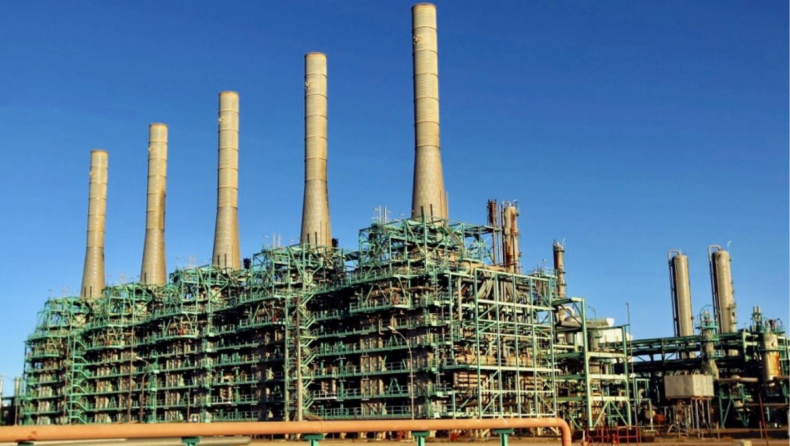Declining global demand and Libyan oil production, caused oil prices to plummet. Additionally, Russia’s announcement to return gas to Europe eased supply constraints.
On Friday, oil prices declined due to a weakening outlook for global demand and the return of substantial Libyan crude oil production. The supply tightness also lessened after Russia’s declaration of returning gas to Europe was made. However, concerns that a string of central banks’ aggressive monetary tightening will weigh heavily on global development, and consequently demand for oil, have been severely impacting the crude market since the past month.
By 10:23 GMT, Brent crude prices were down $1.02 to $102.84 per barrel, while U.S. West Texas Intermediate (WTI) crude futures dropped from $1.08 to $95.27 per barrel. While indications of weakening U.S. demand impacted oil prices and drove benchmark futures down almost 3 percent in the previous session, tight global supply continued to support the market.
Russia’s decision to return gas to Europe
Regarding the supply side of the equation, Moscow’s decision to approve the restoration of Russian gas flows to Europe via the Nord Stream 1 pipeline has relieved the strain on Europe’s energy supply. Jeffrey Halley, an analyst at OANDA stated that “Global recession fears and the resumption of Russian gas flows to Europe seem to have been the catalyst [of recent losses].” “Although I am sure that trading volatility recently is reducing liquidity as well, exacerbating movers,” he examined.
Libya resumes oil production and increases output
According to the Libyan National Oil Corporation, the El Feel oilfield in Libya has started producing oil again. The production had restarted after being halted for close to three months. NOC reports that the initial capacity of El Feel is 40,000 barrels per day.
The 40,000 bpd rate was reached on the first day of production. Alongside, when all wells have been restored to production, El Feel should recover to its regular pace of 70,000 barrels per day (bpd).

After Libya restarted production at a number of oil fields earlier this week, there was a slight easing over supply concerns. However, Giovanni Staunovo, an analyst at UBS said that “Libyan production is recovering, but with clashes in the capital no one knows how long the production recovery will hold.” He was referring to clashes between rival factions in Libya amid growing concern that a political standoff could prompt renewed conflict.
Adding to that, Friday’s figures indicated that it is highly probable that the global economy would experience a significant downturn. This is based on central banks’ aggressive reversal of the ultra-loose monetary policy adopted during the pandemic to maintain growth.
Stephen Innes’ (SPI’s managing partner) views on gas prices and global demand
“Things are still negative on the economic front, but we are still in a structural shortfall for prompt oil and that means physical buyers will be there to support dips knowing the uncertainty of what lies ahead on the geopolitical front,” Stephen Innes, managing partner at SPI Asset Management told Reuters.
Innes stated that investors were keenly anticipating the Federal Reserve’s decision on interest rates next week. Fed insiders have said that the central bank will likely increase interest rates by 75 basis points at its meeting on July 26-27. He noted that while 75 basis points is plausible, guidance will be essential, and any relaxation in the forecast for rate hikes would be beneficial for global growth.
Changing Oil demand’s impact on WTI vs Brent (crude oil suppliers)
WTI has been pummeling over the previous two sessions following the release of data indicating that U.S. gasoline demand declined about 8% from a year ago. The decline happened during the height of the summer driving season due to record pump prices.

In contrast, indications of robust demand in Asia buoyed up the Brent benchmark, putting it on track for its first weekly gain in six weeks. This will be the first time that Brent has increased in price week over week.
Oil demands in India
According to RBC analysts, demand for gasoline and distillate fuels reached record highs in India in June despite higher pricing. The total refined product consumption was running at 18 percent greater than it was a year earlier. The Indian refineries were also operating near their busiest levels ever.
Read More: India asked to pay Russia for its oil in dirhams













